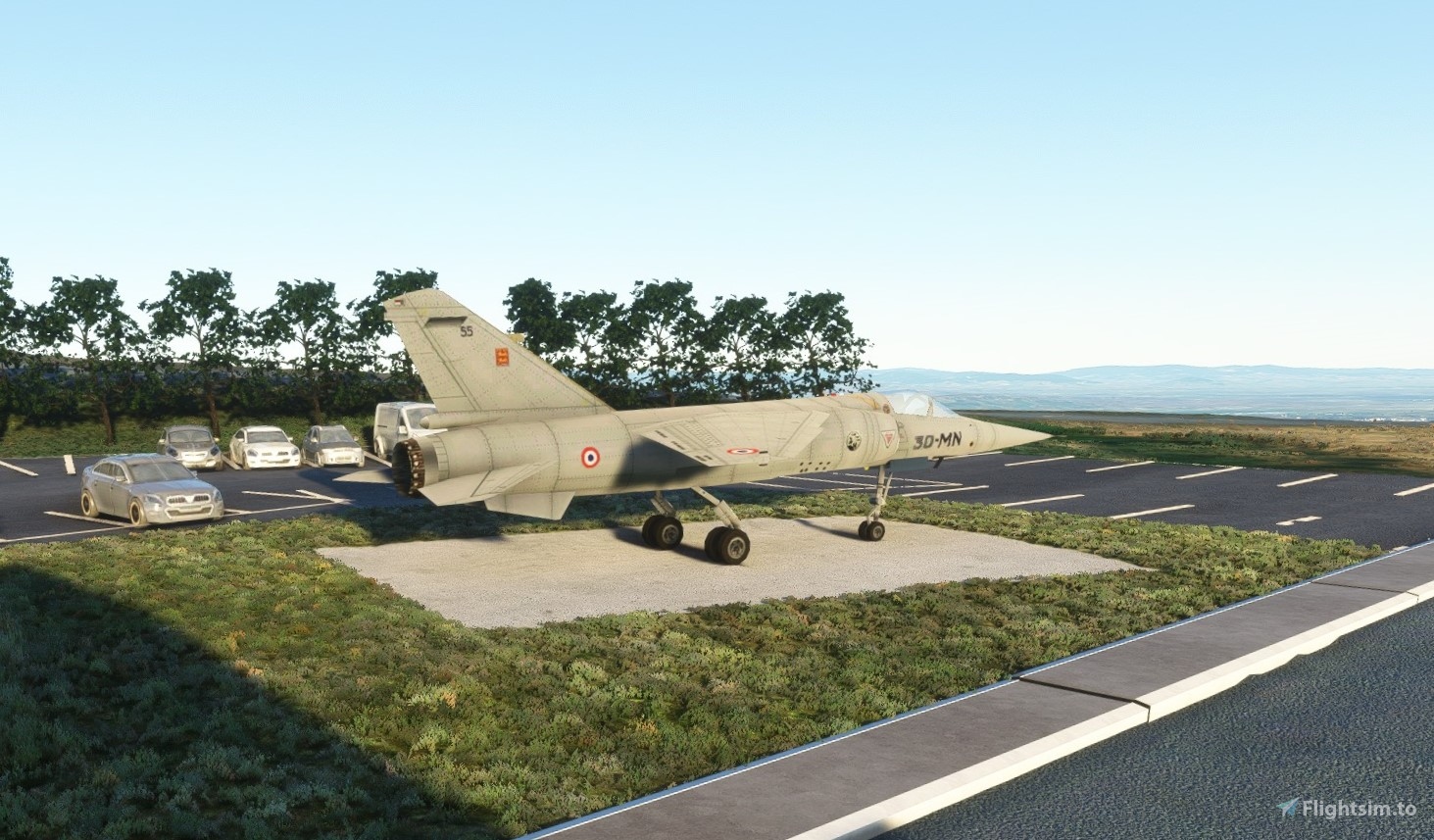
They soon captured the entire garrison without suffering a single casualty or firing a shot. Eugen Radtke was able to wander its subterranean chambers and round up French defenders one after the other. Douaumont would have been all but impregnable under normal circumstances, but its garrison had been reduced to just 57 men in the months before the battle.Īfter gaining access to the fort through an undefended passage, a small party of Germans led by Lt.

On February 25, German forces approached Fort Douaumont, the most sprawling of the several dozen French bastions surrounding Verdun. German Forces Seized a Crucial French Fort Without Firing a Shot

By February 24-just three days after the initial bombardment-the Germans had advanced several miles and overrun the first two French defensive lines.Ĥ. The French managed to make last-minute preparations after poor weather delayed the German onslaught, but they still found themselves on their back foot during the early stages of the battle.

The forts surrounding Verdun had seen little action during the early stages of the war, and many of their garrisons and artillery pieces had been moved to hotter sectors. Despite the massive engineering project going on right under their noses, the French were largely unprepared for a German attack.

Using rugged terrain and a huge air presence to screen their movements, Falkenhayn’s men spent seven weeks constructing new railway lines, assembling heavy concrete bunkers to house troops, and stockpiling more than 1,200 artillery pieces.Ī staggering 2.5 million shells were shipped to the front using 1,300 munitions trains. Germany’s preparations for the Battle of Verdun involved one of World War I’s largest buildups of men and equipment.


 0 kommentar(er)
0 kommentar(er)
